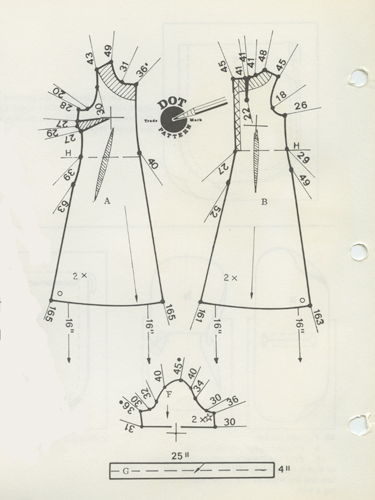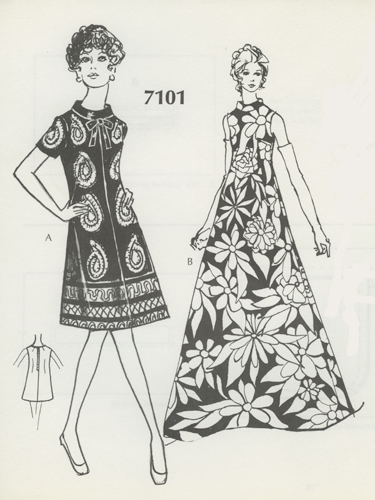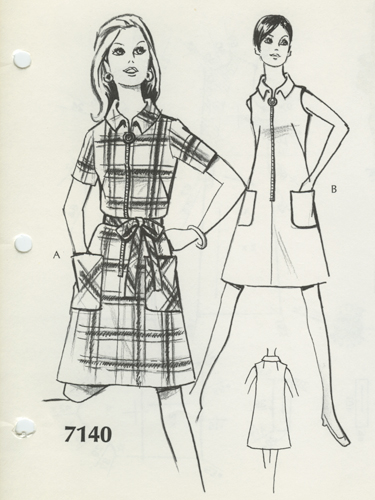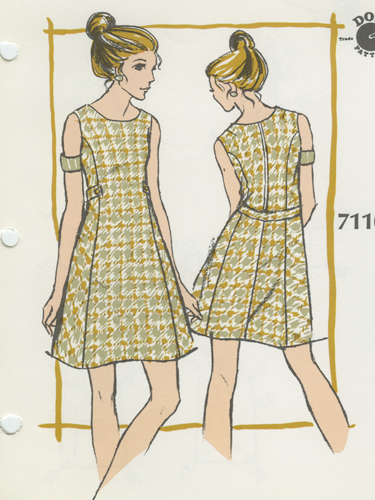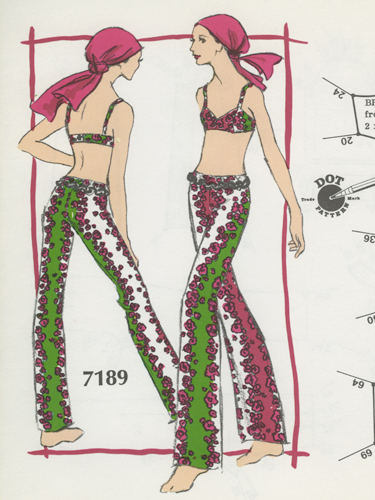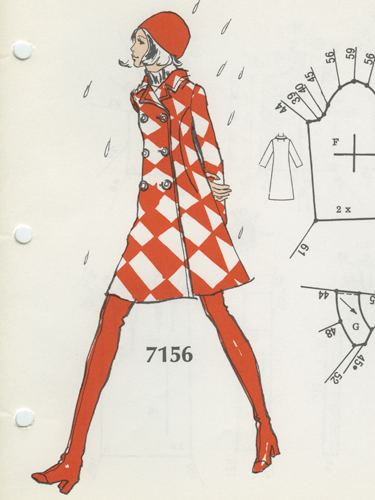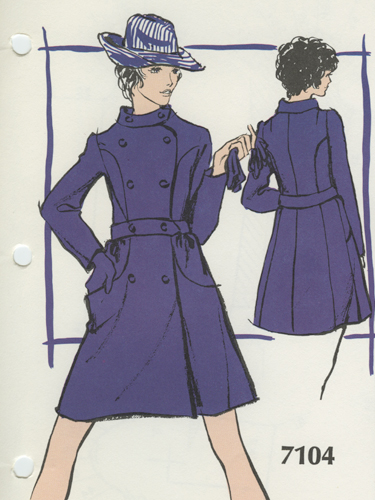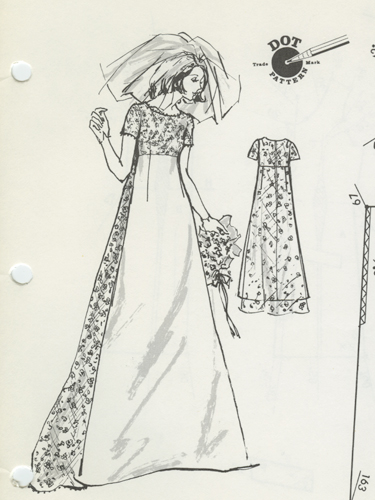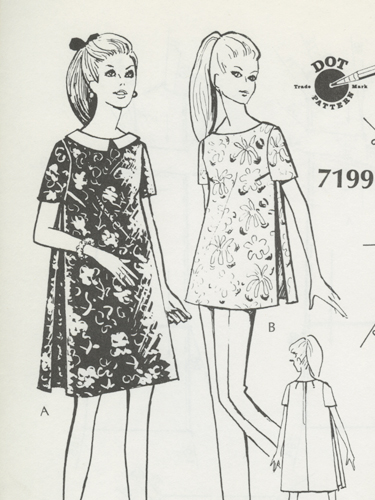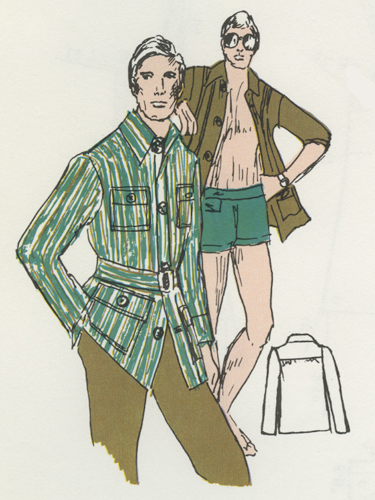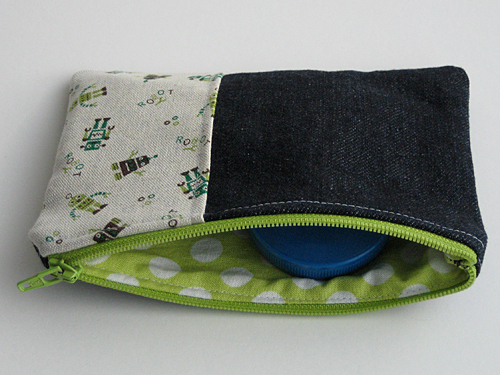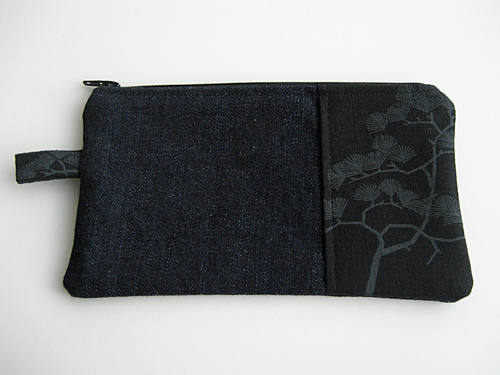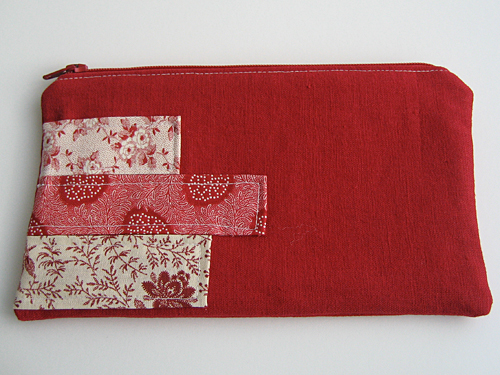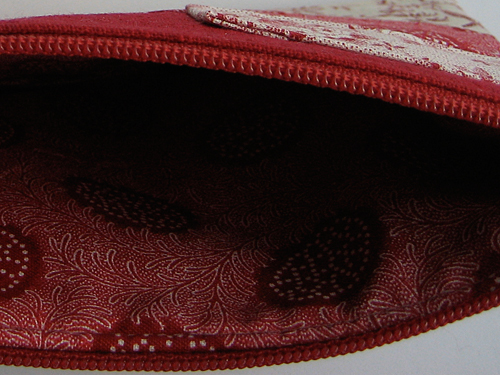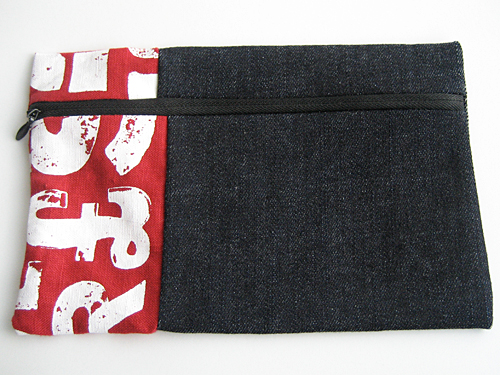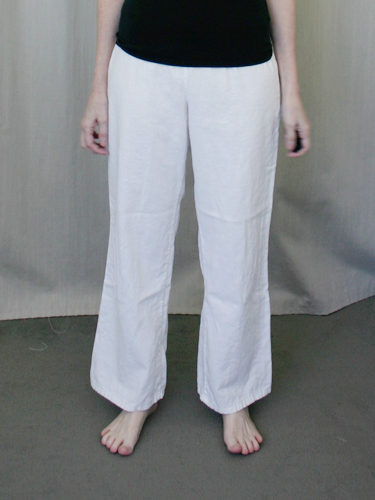
Once upon a time I found some white handkerchief linen at Discount Fabrics, and I thought it would be perfect for a pair of drawstring pants I wanted to make from one of my Japanese sewing books (One Day Winter Sewing, 2008). So I bought it, and I made them, and they turned out pretty well and they’re super comfortable, but of course white handkerchief linen is kind of sheer, and the resulting pants can’t really be worn outside the house in sunlight without violating decency laws (even in San Francisco). So the white pants became pajama pants, and I went looking for some different fabric to remake them from.
Fabric.com was having a flannel sale and a seersucker sale, so I thought I would pick up some flannel and make a pair of cool weather pajama pants, and some seersucker for summer. And herein lies my cautionary tale. I saw a cheerful and cute flannel that looked like little chrysanthemums on an aqua background, so I bought it–neglecting to first check the scale of the photograph and the actual size of the flower motifs. So when I received the fabric, I discovered that those cute quarter-sized-looking flowers were actually huge:
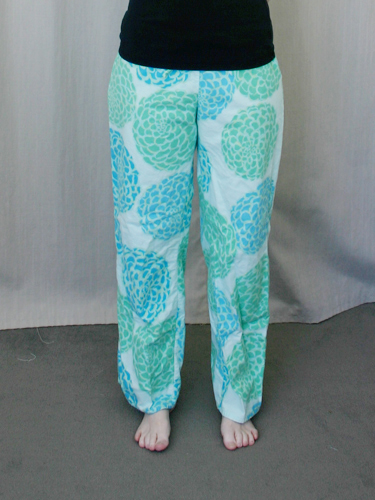
I like to call these “fugly pants” because they in no way match my style, and between the size of the flowers and the rigidity of the flannel they look huge. Ugh. But they are comfortable, and even though E. winces every time I put them on I have been wearing them to sleep in.
The seersucker was another story. The scale is what I expected from the photo, but the colors are brighter, and with the striped pattern… well, I call these “circus pants”:
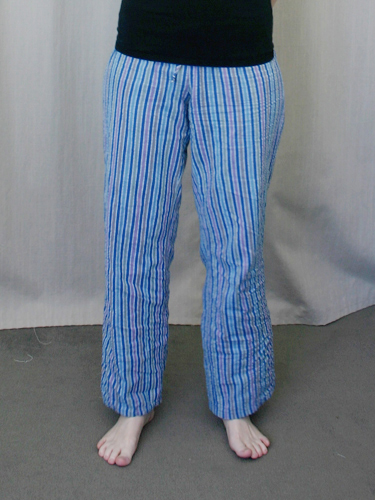
The seersucker is cool but not quite as comfortable as I would have thought – the puckers are kind of stiff and scratchy. I’m hopeful that a few washes will take care of that, and take some of the stiffness out of the flannel.
So I now have several pairs of pajama pants, but still nothing I’d want to wear outside the house. But I have some black linen/rayon blend fabric with some textural interest that has lovely drape, doesn’t wrinkle as badly as the pure handkerchief linen, is cool and light, and is neither sheer nor fugly. So I might be revisiting this pattern one more time. On the bright side it takes very little time to put these together–there are just two front pieces and two back pieces; the waistband is folded over and has buttonholes for the drawstring. On the other hand, maybe I should use the linen/rayon blend for a pattern with a bit more shaping…


